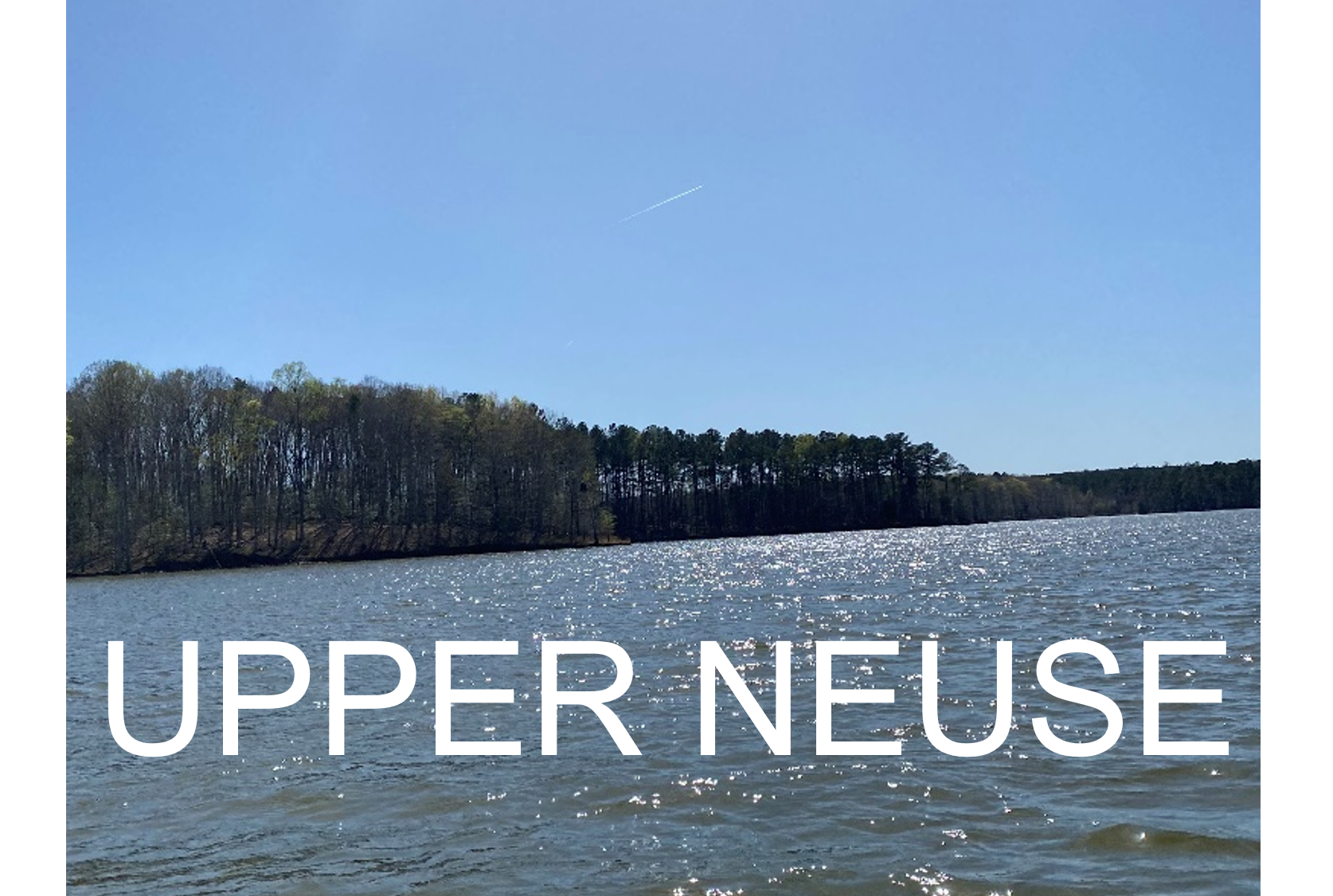Research and Publications

We used the Soil and Water Assessment Tool (SWAT) to project future streamflow in the Upper Neuse River watershed in North Carolina, USA. We tested the capacity of riparian buffers to mitigate the effects of future land use and climate change on daily mean streamflow under three buffer treatments: present buffer widths and fully forested 15 m and 30 m buffers throughout the basin. The treatments were tested using a combination of a future climate change scenario and landcover projections that indicated a doubling of low-intensity development between 2017 and 2060. These findings highlight a novel approach for integrating buffers into hydrologic modeling and potential for improved methodology. Understanding the effects of riparian buffers on streamflow is crucial given the pressing need to develop innovative strategies that promote the conservation of invaluable ecosystem services.
Publication:
Press:
Laura Oleniacz, January 10, 2023 — Forests Can Help Manage Water as Raleigh Area Grows, Climate Warms
Oral Presentations:
American Geophysical Union Annual Meeting, Fall 2020
Ecological Society of America & Canadian Society for Ecology and Evolution Joint Meeting, Montreal, CA, Fall 2022
Acknowledgments: Thank you to the US Forest Service for supporting this work.

This project is currently being completed and seeks to determine the most effective placement of riparian buffers to protect whole watershed health, including coastal ecosystems. This research focuses on how strategic buffer placement can effect downstream water quantity and quality in vulnerable costal areas. This project leverages a SWAT model previously created by the USGS and updated by The Nature Conservancy and is funded by the North Carolina Sea Grant.
Press:
Rachel Keith, WHQR Wilmington, April 8, 2022 — NC State researchers hope to identify land for conservation along the Cape Fear watershed
Andrew Moore, Coastwatch, Autumn 2022 Natural Solutions and a Clean Water Future for the Cape Fear
Acknowledgments: Thank you to the Sea Grant for supporting this research and to the US Geological Geological Survey and The Nature Conservancy.

This research is part of the Keeping Forests Initiative, which represents a collaboration between stakeholders such as public and private landowners, NGOs, and industry to incentivize the conservation of forestland in the Southeast. This project involves developing a multi-scale modeling approach capable of quantifying forest water quantity and quality benefits, particularly at drinking water intakes.
Acknowledgments: Thank you to the US Forest Service for supporting this research.
